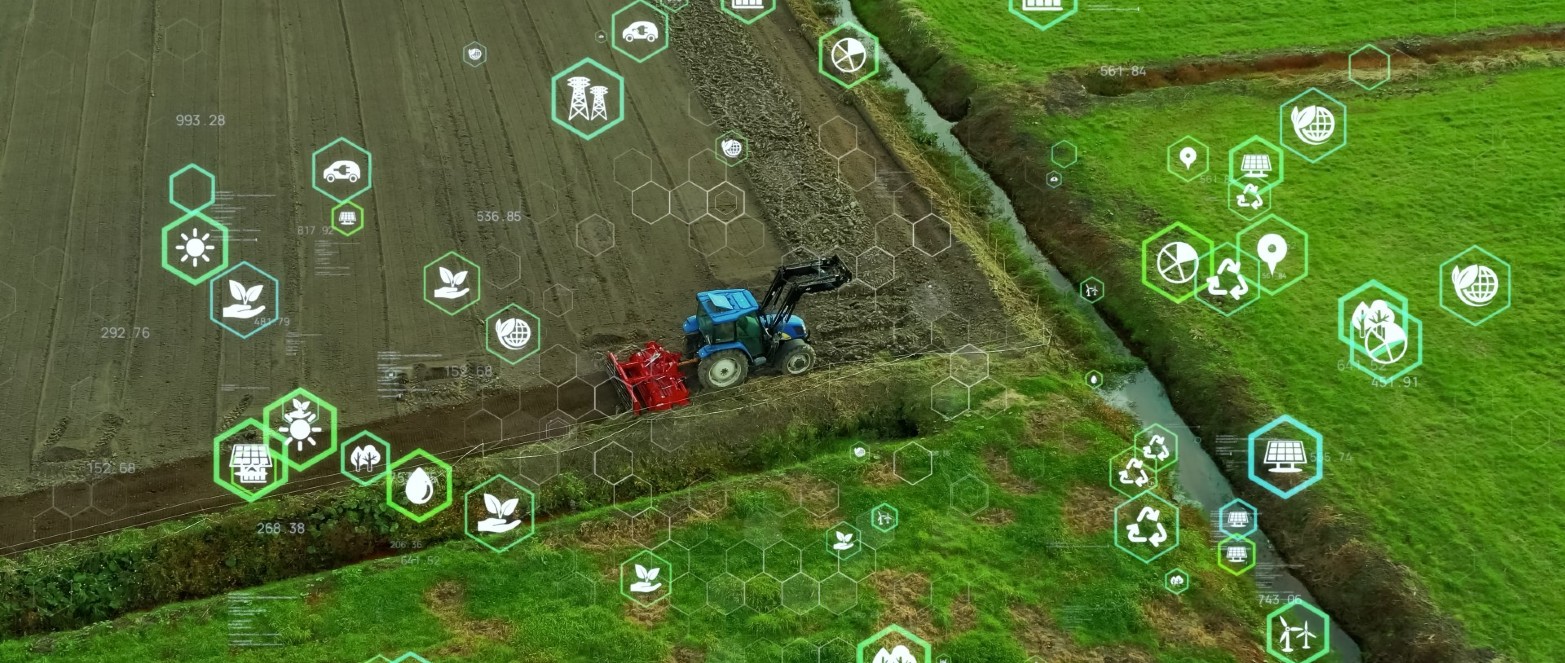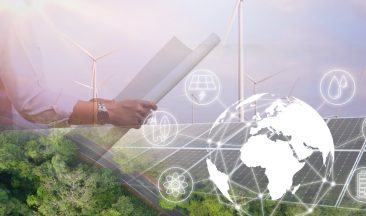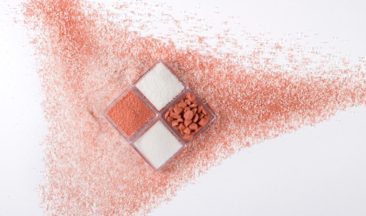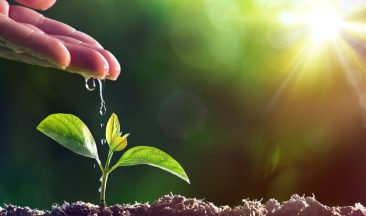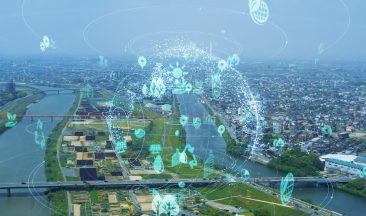The world is faced with some stock realities. With a global population projection of 9.7 billion people by 2050, agricultural production will need to increase significantly to serve nutritional trends.
Now more than ever, the pressure on farmers to produce nutritious products is putting our planet’s health under even more stress. New advancements in technologies are essential to feed a hungry world using digital agriculture solutions.
AgTech is a rapidly evolving sector that aims to improve applications of technology to increase yield, growth, quality, and harvesting of crops. This is done using big data, smart sensors, interactive apps, high-tech and autonomous machines, and more.
It’s all well and good to simply increase agricultural output, but at what cost to the planet? AgTech Trends in 2022 will have to continue to deliver environmentally friendly sustainable solutions to feed the globe.
Agriculture is the largest consumer of land and water, with impacts on forests, grasslands, wetlands, and biodiversity. Food and land use systems generate environmental, health, and poverty costs estimated at almost $12 trillion per year.
To Feed the World in A Sustainable, Effective Manner Something Has To Change!
When discussing Food Tech and AgTech trends for 2022, Hadar Sutovsky, VP External Innovation at ICL Group is adamant that “ To feed the next generation there is a need to protect the environment and reduce the carbon footprint of food products”.
Sutovsky continues, “The global food system needs to reinvent itself over the next 30 years to produce 50% more food, help 2.5 billion people escape from malnutrition, and cut ~13Gt of carbon emissions”.
According to Sutovsky, 10 key sectors within the Agri-food industry can together help provide sufficient, low-carbon, healthy, and sustainable food.
Reinventing the Agri-food industry will require among others:
- Agri-food Testing
- Alternative Proteins
- Animal Health
- Aquaculture
- Crop Protection
- Fertilizers (biofertilizers)
- Organic and Naturally Healthy Products
- Precision Agriculture
- Seeds
- Vertical Farming
With the foregoing in mind, ICL has launched the Planet Startup Hub, an initiative that seeks to empower early-stage startups to collaborate with ICL, implement their technologies, and align business initiatives, goals, and market needs with ICL’s own needs and vision.
IoT in Agriculture
Although the above moniker may at first sound absurd, agriculture based on IoT technologies enables growers and farmers to reduce waste and enhance productivity ranging from the quantity of fertilizer utilized to the number of journeys the farm vehicles have made and enabling efficient utilization of resources such as water.
Crop Management
IoT smart farming solutions use sensors (light, humidity, temperature, soil moisture, crop health, etc.) and are used in control systems, robotics, drones, autonomous vehicles, automated hardware, variable rate technology, motion detectors, button camera, and wearable devices.
Using precision agriculture, farmers can monitor field conditions from anywhere. They can also select between manual and automated options for taking necessary actions based on this data including ground-based and aerial-based drones being used in agriculture to enhance various agricultural practices.
GIS in Agriculture
Because crops are location-based, Geographic Information Systems (GIS) are an extremely useful tool for farmers and are already playing a crucial role in AgTech.
GIS is a vital source of information on weather, climate, and agricultural developments worldwide and can model the impact of erosion, predict crop yields and irrigation requirements, and model the impact of climate change, and assist decision support in terms of reducing emissions from deforestation and forest degradation.
GIS can analyze soil data and determine which crops should be planted where and how to maintain soil nutrition so that the plants are the best benefit. GIS in agriculture helps farmers to achieve increased productivity and reduced costs by enabling better management of land resources.
AI/ML & Data Science in Agriculture Technology
Artificial intelligence and machine learning are a vital part of agricultural technology today. Farmers, co-ops, and agricultural development companies are doubling down on data-centric approaches and expanding the scope and scale of how they use AI and machine learning to improve agricultural yields and quality.
Intelligent sensors, combined with visual data streams from drones, use AI to detect areas most infected with pests. This data helps farmers optimize the right mix of pesticides and allows them to zero in on only the field areas that need treatment reduction in overall costs and an increase in yields, two key drivers fueling AI in agriculture adoption.
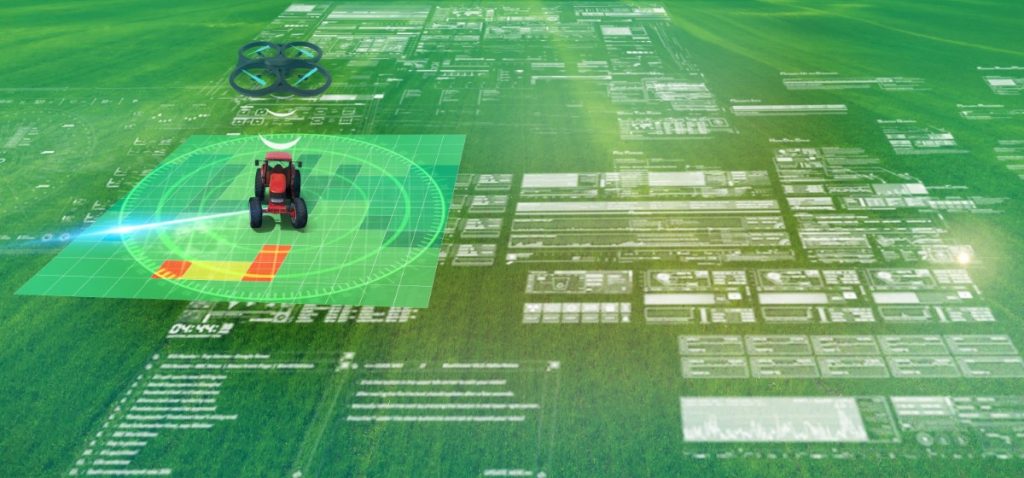
AI can help farmers locate irrigation leaks, optimize irrigation systems, and measure the effectiveness of crop irrigation.
You might find interesting to read:
The Role of AgTech in Making Agriculture More Sustainable
Top 10 Agriculture Trends to Watch in 2024
What is Potash? – The Whole Story
Automation
An increasing number of companies are working on robotics innovation to develop drones, autonomous tractors, robotic harvesters, automatic watering, and seeding robots. Although these technologies are fairly new, the industry has seen an increasing number of traditional agriculture companies adopt farm automation into their processes.
Harvest Robots
Harvest robots must be gentle with produce to avoid bruising and damage. From a flexible mobile platform, up to 24 robotics manipulators can work together to pick the fruit which meets the farmer’s quality standard.

Autonomous Tractors
Autonomous tractors can be controlled remotely or even pre-programmed to give full autonomy to a producer. delivers value to row crop farmers not just through a reduction in labor costs, but through increased efficiency across operations and increased yield.
Seeding and Weeding
Weeding robotics can be incredibly accurate and reduce pesticide usage by 90% with computer vision and robotics technologies to precisely spray herbicides only where needed and with exactly what’s needed. This gives farmers a new way to control and prevent herbicide-resistant weeds.
Regenerative Agriculture
Regenerative agriculture is based on the understanding that soil is a living, dynamic ecosystem and not just a growth medium. “Soil health, in effect, should be seen as a journey and not a destination, with production strategies continuously being adapted to accommodate changes in the system.”
It is similar to conservation farming in that it combines the use of stubble retention, crop rotation, and the minimum disturbance of the soil to promote soil health but is on a higher level as it also incorporates the use of cover crops, compost teas, compost and manure and organic and sustainable fertilizers, pesticides and genetically modified organisms (GMOs).
Regenerative farming places a premium on building up soil health, conserving water, and contributing to biodiversity. Over the years, the field of regenerative agriculture has developed into a holistic system that embraces community well-being in addition to sustaining essential resources.
Pesticides are used as a last resort; Cover crops ensure a beneficial habitat for the soil organisms through the creation of above- and below-ground habitats for beneficial microbes and invertebrates.
AgTech and Farm Management Software
What Is Farm Management Software?
Farm management software includes websites, mobile apps, and computer programs built for the farming sector and helps the farmer make more informed production and operational decisions to :
- Aid in day-to-day organization
- Make it easier to manage workers
- Improve farm record-keeping
- Help to comply with regulatory requirements
- Reduce modern farming’s impact on the environment
- Monitor and analyze the seasons, farm activities, and costs for greater efficiency and profitability
Digital information sharing
New digital agricultural technologies make it possible to collect an ever-greater amount of data about farms, field trials and use those data to get insights to improve food production, delivery, and sales to consumers.
Agricultural data are collected on private farms but processed with the private third-party software of machinery and digital service providers.
AgTech and ICL
ICL is continually creating Innovative AgTech solutions, next gen fertilizers, and software ways to ensure successful plant growth, secure sustainable and profitable crop yield or storage.
ICL has joined the AgTech revolution by bringing its proven agricultural industry knowledge and advanced agricultural solutions together with the latest cutting-edge technology to create Ag solutions to help make agricultural practices more sustainable.
These AgTech solutions include e-learning tools and suggestion apps to improve crop growth, nutrient deficiency guides, online fertilizer recommendation tools, information platforms for farmers and professional agronomists, and more.
These tools encourage the sharing of knowledge, promote sustainable farming, and drive the agriculture industry into the 21st century.
